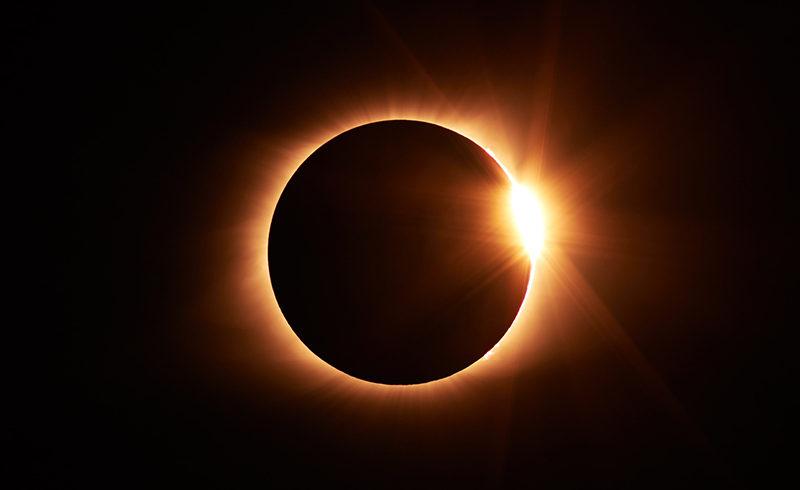
October 30, 2019
The Ultimate Mystery: Strauss’s Death and Transfiguration
On November 29, 30, and December 1, the Houston Symphony celebrates Thanksgiving with A Musical Feast: All-Strauss Thanksgiving, a program featuring four of Richard Strauss’s greatest masterpieces. In this post, discover Strauss’s Death and Transfiguration, a powerful tone poem that explores the ultimate mystery of what lies beyond earthly existence.
Over the course of the 19th-century, music gained in prestige until many began to consider it the most significant of all the arts. In an age of rapid social change and scientific progress, many questioned established traditions, and art—especially music—seemed to provide spiritual sustenance in an age of doubt. It is against this cultural background that Richard Strauss (aged just 25 in 1889) completed his most ambitious tone poem yet: Tod und Verklärung (Death and Transfiguration), a work that explores the mystery of death and what might lie beyond. Though Strauss himself had adopted a decidedly secular worldview as a teenager, he brilliantly depicted the physiological and psychological states of a dying man with almost scientific precision, using the most advanced orchestrations and harmonies of his time. The piece was not based on any personal experience, but intriguingly, on his deathbed Strauss remarked that “dying is exactly as I composed it sixty years ago in Tod und Verklärung.”
Strauss provided his own summary: “[…] it occurred to me to present in the form of a tone poem the dying hours of a man who had striven towards the highest idealistic aims, maybe indeed those of an artist.” Here is a 1926 recording of Strauss conducting the piece himself (note: this historical recording will sound better over speakers than headphones):
In the slow introduction, “The sick man lies in bed, asleep, with heavy irregular breathing; friendly dreams [in the form of woodwind and violin solos] conjure a smile on the features of the deeply suffering man.” When the tempo quickens, “he wakes up; he is once more racked with horrible agonies; his limbs shake with fever” amidst an orchestral maelstrom. Suddenly, the storm breaks as a new theme resounds in the trumpet, trombones, and tuba: the first glimpse of transfiguration.
The music fades “as the attack passes and the pains leave off,” and a gentle theme from the introduction returns as he falls asleep again: “his thoughts wander through his past life; his childhood passes before him […]” A momentary attack of pain cinematically cuts to “the time of his youth with its strivings and passions”: the protagonist appears as a strapping young man with a faster, fanfare-like theme for horns and winds. Another cinematic cut from the violins leads to an unmistakable Straussian love scene, but during this passionate love-dream “the pains already begin to return,” and the music of love and suffering combine in a searing, intense passage of virtuoso complexity.
All at once, the pain falls away, and the transfiguration theme now appears in a more complete guise: “there appears to him the fruit of his life’s path, the conception, the ideal which he has sought to realize, to present artistically, but which he has not been able to complete, since it is not for man to be able to accomplish such things.” But, in order to be transfigured, he must leave this world. The pained music of the slow introduction returns as “The hour of death approaches […]” The intense music of suffering returns once more, vanishing with the stroke of a gong as “the soul leaves the body in order to find gloriously achieved in everlasting space those things which could not be fulfilled here below.” —Calvin Dotsey
Don’t miss A Musical Feast: All-Strauss Thanksgiving November 29, 30, and December 1! Learn more & get tickets.






